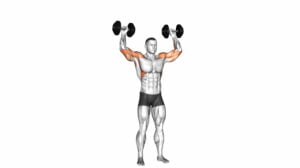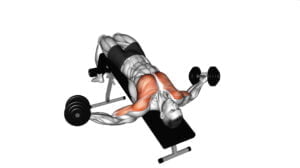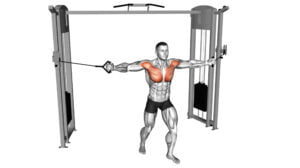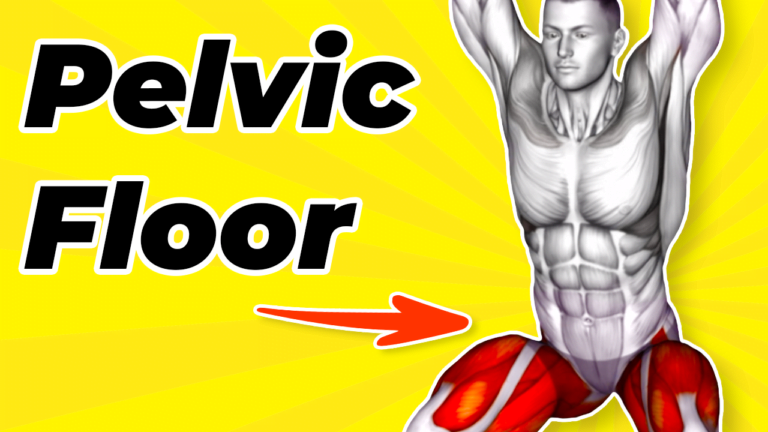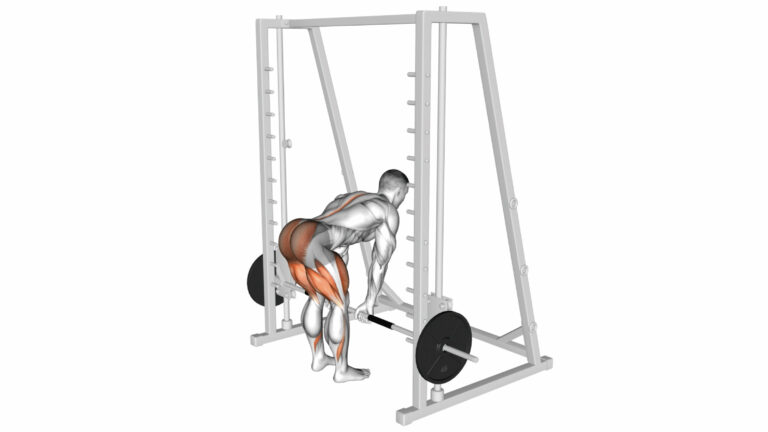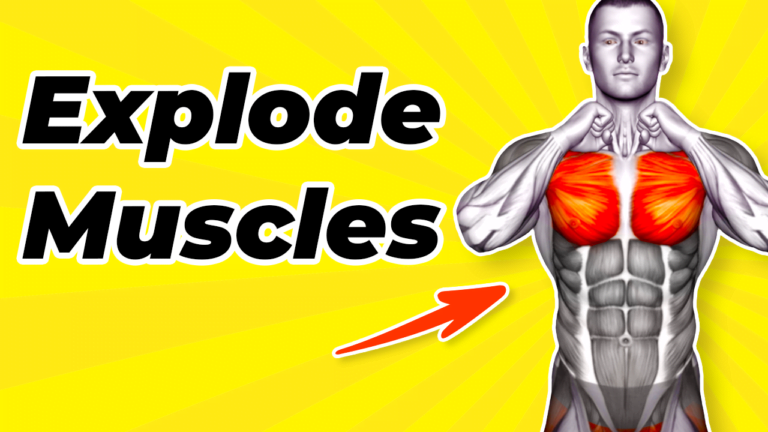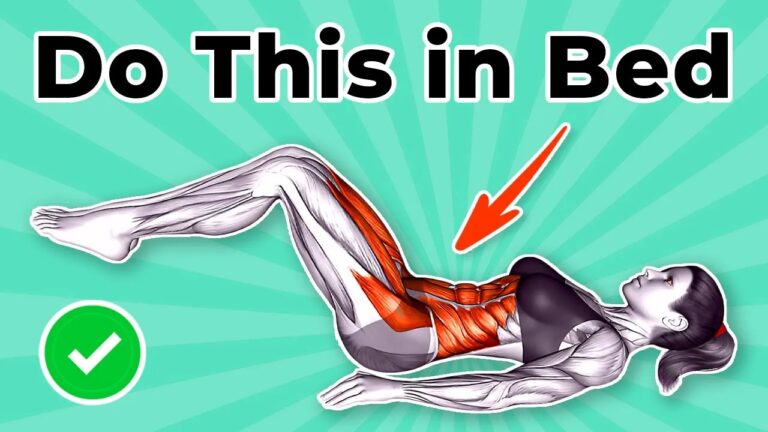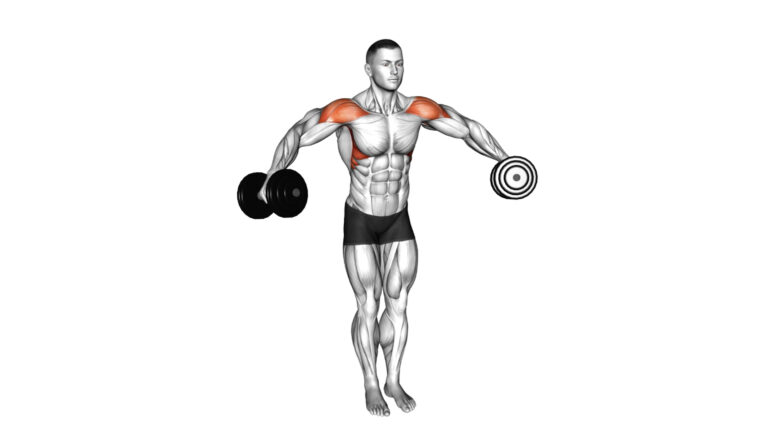10 Upper Body Compound Exercises: The Ultimate Guide For Building Strength And Muscle
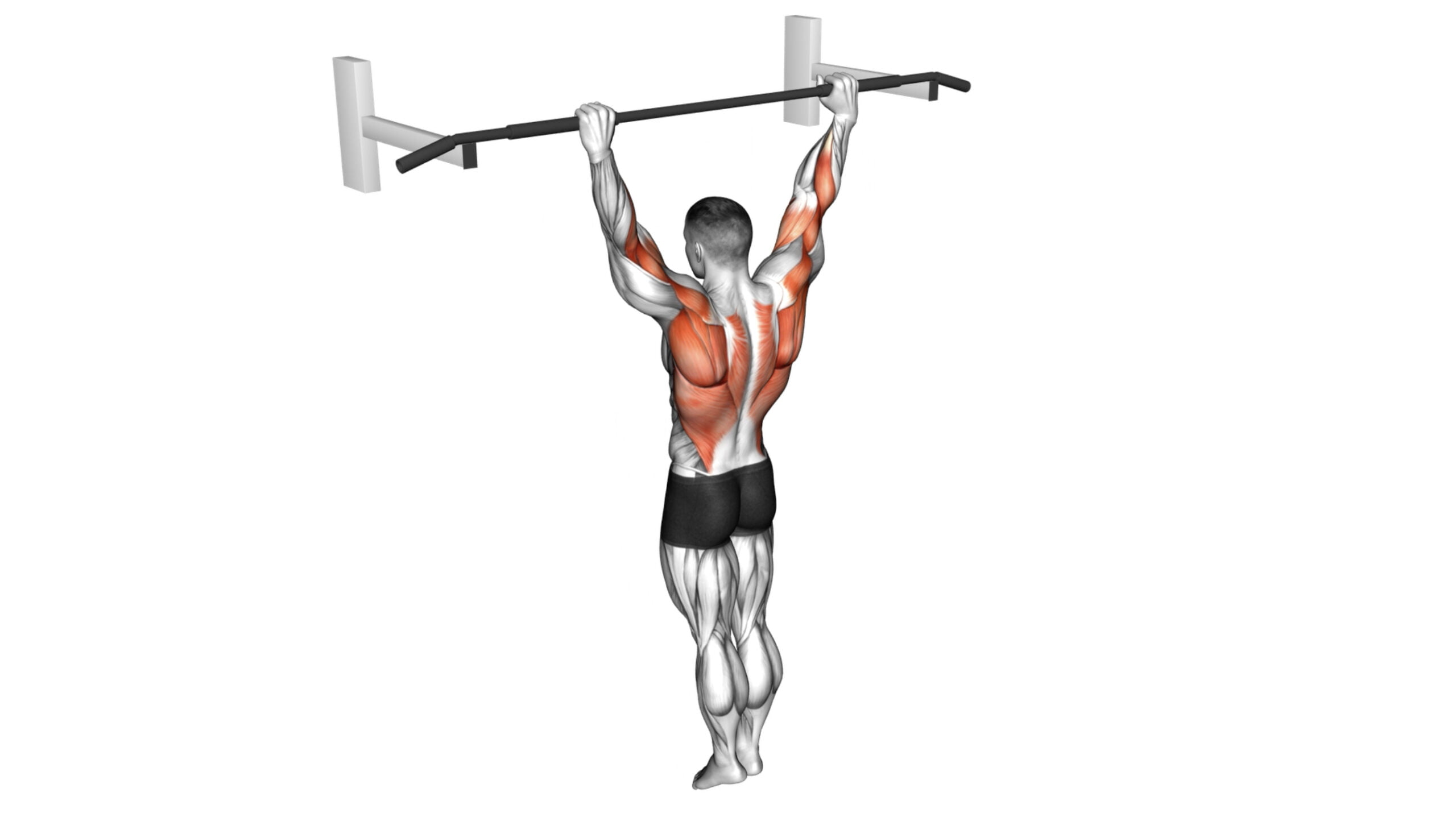
Unlock the power of your upper body with exercises that do more than just build muscle—they transform how you move, lift, and conquer daily life. As a seasoned fitness coach with over a decade in the trenches refining workout regimens for all levels, I’ve witnessed firsthand the unparalleled benefits of compound movements.
Upper body compound exercises are not mere gym routines; they are catalysts for robust strength and muscular development.
Embarking on this journey requires an arsenal of effective techniques—ones that challenge multiple muscle groups simultaneously to drive impressive gains and functional prowess. This article isn’t just another list; it provides a strategic blueprint tailored for those serious about elevating their physical capabilities.
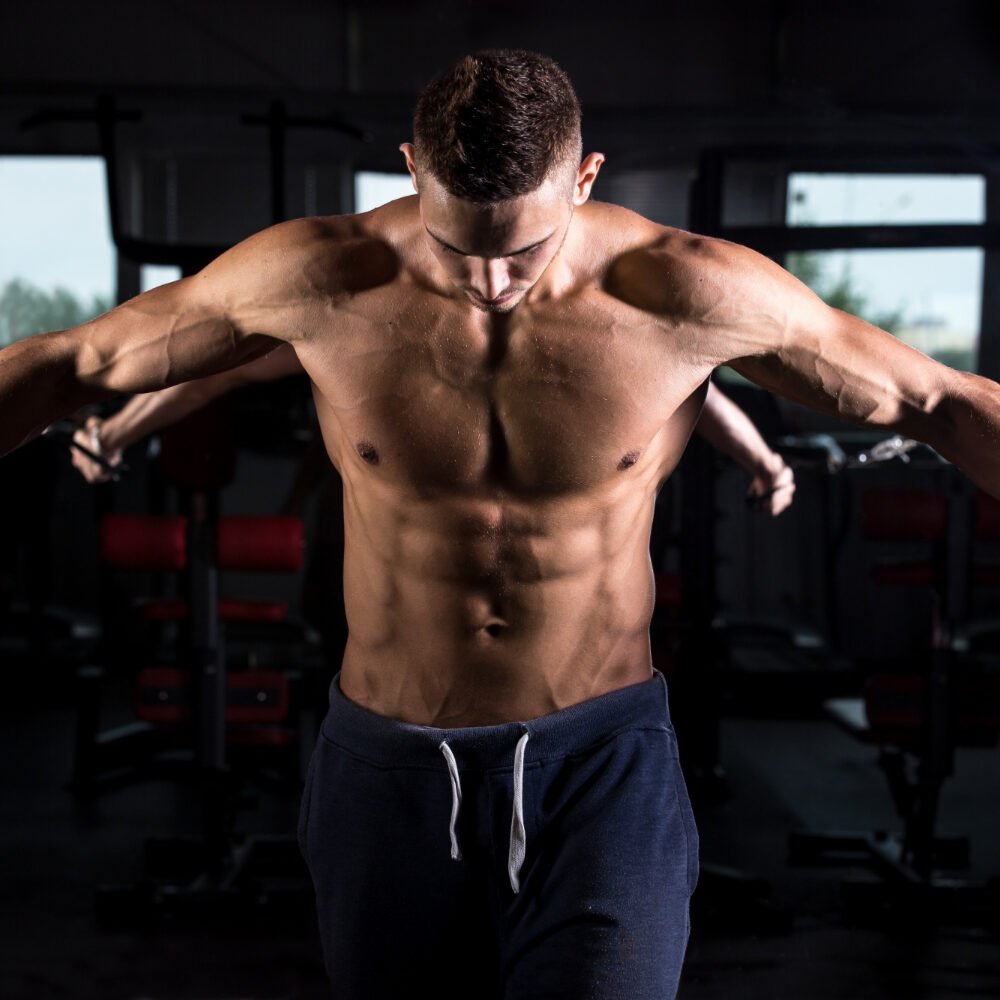
With guidance rooted in proven practices, prepare to engage with content that will reshape your approach to upper-body training. Ready? Let’s raise the bar together!
Key Takeaways
- Compound exercises target multiple muscle groups at once, making them time-efficient and effective for building strength and muscle across the upper body.
- Incorporating compound exercises like L Pull-ups, Archer Pull-ups, Dumbbell Decline Pullover, Cable Cross-over Lateral Pulldowns, and others can greatly enhance functional performance in daily activities and sports.
- Using a variety of equipment such as dumbbells, cables, barbells, and machines increases versatility in workouts and allows for targeted muscle engagement.
- Proper form and technique are essential when performing these exercises to prevent injury and ensure maximum benefit from each movement.
- Upper body compound workouts not only improve muscular strength but also contribute to better posture, joint stability, balance, coordination, and overall athletic ability.
Understanding Compound Exercises
Compound exercises are multi-joint movements that engage multiple muscle groups at the same time. They offer several benefits, including increased strength and muscle mass compared to isolation exercises.
Definition of compound exercises
Compound exercises are powerhouse movements that engage multiple joints and muscle groups all at once. Picture yourself doing a bench press; not only do your elbows hinge, but your shoulders also get to work along with your chest, triceps, and even the stabilizing muscles in your core.
These multifaceted movements mimic real-world activities and are crucial for building overall strength.
Unlike isolation exercises that target one muscle group at a time, compound workouts like pull-ups and deadlifts encourage various muscles to cooperate. This teamwork leads to more weight lifted per exercise – think squats working your quads, hamstrings, glutes, and lower back together.
By incorporating these into routines regularly, they maximize muscle growth while shaving off hours spent in the gym since you’re hitting several areas simultaneously.
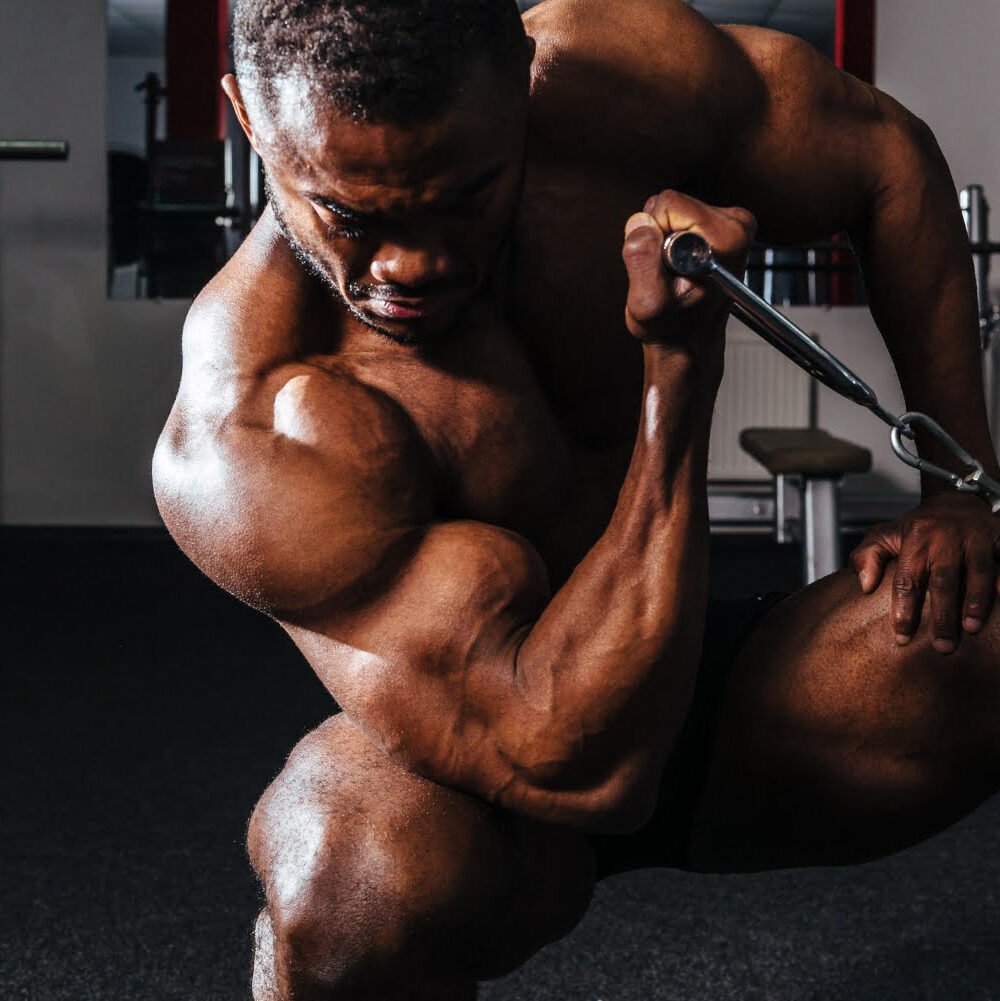
Benefits of compound exercises
Moving from what compound exercises are to why they’re key in any workout routine, the advantages they offer cannot be overstated. These multifaceted movements provide a range of benefits to anyone looking to ramp up their strength and muscle gains while enhancing overall fitness. Here’s how incorporating compound exercises into your regimen can transform your training:
- Engage multiple muscles: Compound exercises require several muscle groups to work in unison, allowing for more efficient workouts that build functional strength.
- Boost muscle mass: By targeting various muscles simultaneously, these exercises promote balanced muscle growth across the upper body.
- Time-efficient workouts: Because you’re working on several muscles at once, you can achieve more in less time compared to isolation exercises.
- Burn more calories: The intensity and range of motion involved in compound movements mean a higher calorie burn during and after your workout.
- Improve coordination: As you perform complex lifts that engage different muscles, your body learns better movement patterns, sharpening overall coordination.
- Build core strength: Almost every compound lift engages the core muscles, strengthening your abdomen and back which is vital for stability and power.
- Enhance athletic performance: Athletes benefit greatly from compound moves since they mimic real-world activities and improve functional athleticism.
- Increase joint stability: By activating numerous joints simultaneously, these exercises help strengthen ligaments and tendons around them.
- Develop balance: With many parts of the body engaged at once, your sense of balance is challenged and honed during each exercise.
- Prevent injury: A stronger, more balanced physique is less prone to injuries. Compound lifts contribute to this by evenly conditioning the body.
The Top 10 Upper Body Compound Exercises
In this section, we will delve into the top upper body compound exercises that are essential for building strength and muscle. These exercises target multiple muscle groups simultaneously, making them highly effective for overall upper body development.
Whether you’re a beginner or an experienced lifter, incorporating these compound exercises into your workout routine can help you achieve significant gains in strength and muscle mass.
1. L Pull-up
The L Pull-up takes the traditional pull-up to new heights by firing up your core like never before. As you hoist yourself up on the pull-up bar, extending your legs out in front of you creates an ‘L’ shape, which doesn’t just look impressive – it seriously cranks up the challenge for your back, shoulders, and arms.
This powerhouse move doesn’t play favorites; every muscle from your upper body gets roped into the action.
Mastering this exercise can skyrocket your strength and muscle growth across multiple areas. It requires more than a strong grip; expect to engage everything from your lattisimus dorsi to those deep transverse abdominis muscles that are crucial for stability.
Throw this formidable exercise into the mix with other compound movements and watch as it amps up the intensity of each workout session, forging not just power but also functional strength that echoes through all aspects of physical activity.
2. Archer Pull-up
The archer pull-up is a challenging upper body exercise that targets the back, shoulders, and arms. With one arm extended to the side while the other performs the pull-up motion, it enhances unilateral upper body strength.
This exercise is particularly beneficial for athletes in sports such as rock climbing or gymnastics, as it requires a high level of upper body strength and stability. Suitable for intermediate to advanced fitness enthusiasts seeking to push their limits, the archer pull-up helps build functional strength essential for various physical activities.
Through developing both sides of the upper body independently, this compound exercise not only contributes to muscle growth but also improves overall coordination and balance.
3. Dumbbell Lying Rear Delt Row
The Dumbbell Lying Rear Delt Row is an effective exercise that specifically targets the rear deltoid muscles. It plays a crucial role in enhancing shoulder stability and strengthening the upper back.
Executing this exercise involves lying face down on an incline bench while rowing dumbbells towards the chest. By integrating this compound movement into your workout routine, you can significantly enhance overall upper body strength and muscle development, thereby experiencing tangible benefits in functional movements and aesthetics.
Focusing on maintaining proper form and control during each repetition is essential for optimizing the advantages of this exercise. As you execute the Dumbbell Lying Rear Delt Row with precision, it becomes a potent tool for fortifying your upper body, thereby fostering improved performance across various physical activities and exercises.
4. Dumbbell Decline Pullover
Next up is the dumbbell decline pullover, a powerful exercise that targets the chest, lats, and triceps. To perform this exercise, lie on a decline bench with your feet secured and hold a dumbbell above your chest with slightly bent arms.
Slowly lower the dumbbell behind your head while keeping your arms straight. Controlled movement is crucial to prevent strain on the shoulders and elbows. When executed correctly, it can significantly enhance upper body strength and stability, making it an excellent addition to any strength-building regimen.
5. Cable horizontal Pallof Press
The Cable horizontal Pallof Press is a compound exercise that targets the core, shoulders, and chest muscles. By resisting rotational force as you press the cable handle away from your body, this movement enhances stability and upper-body strength.
It’s an essential exercise for athletes and fitness enthusiasts alike due to its ability to improve core strength while engaging multiple muscle groups simultaneously.
Performing the Cable horizontal Pallof Press with different resistance levels makes it adaptable for individuals at various fitness levels. Proper form and control throughout the movement are crucial to maximize benefits while minimizing injury risk.
Incorporating this exercise into your workout routine can lead to improved overall functional strength.
6. Cable Front Raise
The Cable Front Raise is a crucial upper body compound exercise that specifically targets the front deltoids, aiding in enhancing shoulder strength and stability. By utilizing the cable machine, individuals can easily adjust the resistance to effectively challenge the front deltoids, making it an ideal addition to any upper body workout routine.
Performing this exercise with proper form and control not only helps prevent injuries but also ensures maximum muscle engagement. Its inclusion in a comprehensive upper body workout plan contributes significantly to overall muscle development and strength.
Incorporating the Cable Front Raise into your routine provides valuable isolation for the front deltoids, ultimately contributing to improved shoulder strength and stability. Adjusting the resistance on the cable machine allows for targeted challenges, ensuring effective engagement of the target muscles while minimizing strain or potential injury.
7. Cable Cross-over Lateral Pulldown
The Cable Cross-over Lateral Pulldown targets the latissimus dorsi, biceps, and forearms. By pulling the cables down and outwards to the sides of your body, this exercise effectively develops upper body strength and improves posture.
Utilizing different grip positions can help target various muscles. This compound exercise is a valuable addition to any upper body workout routine for building strength and muscle.
Complementing other exercises with the Cable Cross-over Lateral Pulldown creates a comprehensive workout routine for improving overall upper body strength—a vital component of achieving fitness goals.
8. Barbell Bent Over Wide Grip Row
Transitioning from the Cable Cross-over Lateral Pulldown, the Barbell Bent Over Wide Grip Row is a highly effective exercise for targeting the upper back, lats, and biceps. It helps improve overall upper body strength and stability while providing a great stretch for the back muscles to enhance posture.
The wide grip used in this exercise allows for greater range of motion and targets different muscles compared to other rowing variations, making it an essential addition to any comprehensive upper body workout routine.
9. Barbell Bench Press
The barbell bench press is a fundamental compound exercise that targets the chest, shoulders, and triceps. It’s a key exercise for building upper body strength and muscle mass. Engaging the core and stabilizer muscles, it offers a comprehensive full-body workout.
This versatile exercise allows for variations such as incline, decline, and close grip to specifically target different muscle groups within the upper body.
Additionally, proper form and technique are essential to prevent injury and maximize effectiveness when performing the barbell bench press. Incorporating it into a well-rounded upper body workout routine can significantly contribute to achieving strength and muscle-building goals.
10. Smith Machine Behind Neck Press
Transitioning from the barbell bench press, the Smith Machine Behind Neck Press is an exercise that focuses on targeting the shoulders and triceps. This compound movement is performed on a Smith machine to ensure stability and controlled movement throughout the exercise.
Using proper form and ensuring a full range of motion are crucial when performing this advanced upper body exercise. It’s important to start with lighter weights before gradually increasing resistance in order to strengthen the shoulders effectively while reducing the risk of injury.
Engaging in this workout can help improve overall upper body strength, but caution should be taken as it can put significant strain on shoulder joints if not executed correctly.
Other Important Considerations for Compound Exercises
Incorporating isolation exercises, proper form and technique, using dumbbells for compound exercises, and managing pain and injuries are all crucial aspects to consider when focusing on upper body compound exercises.
To dive deeper into these essential considerations for maximizing your strength and muscle building potential, continue reading the full article.
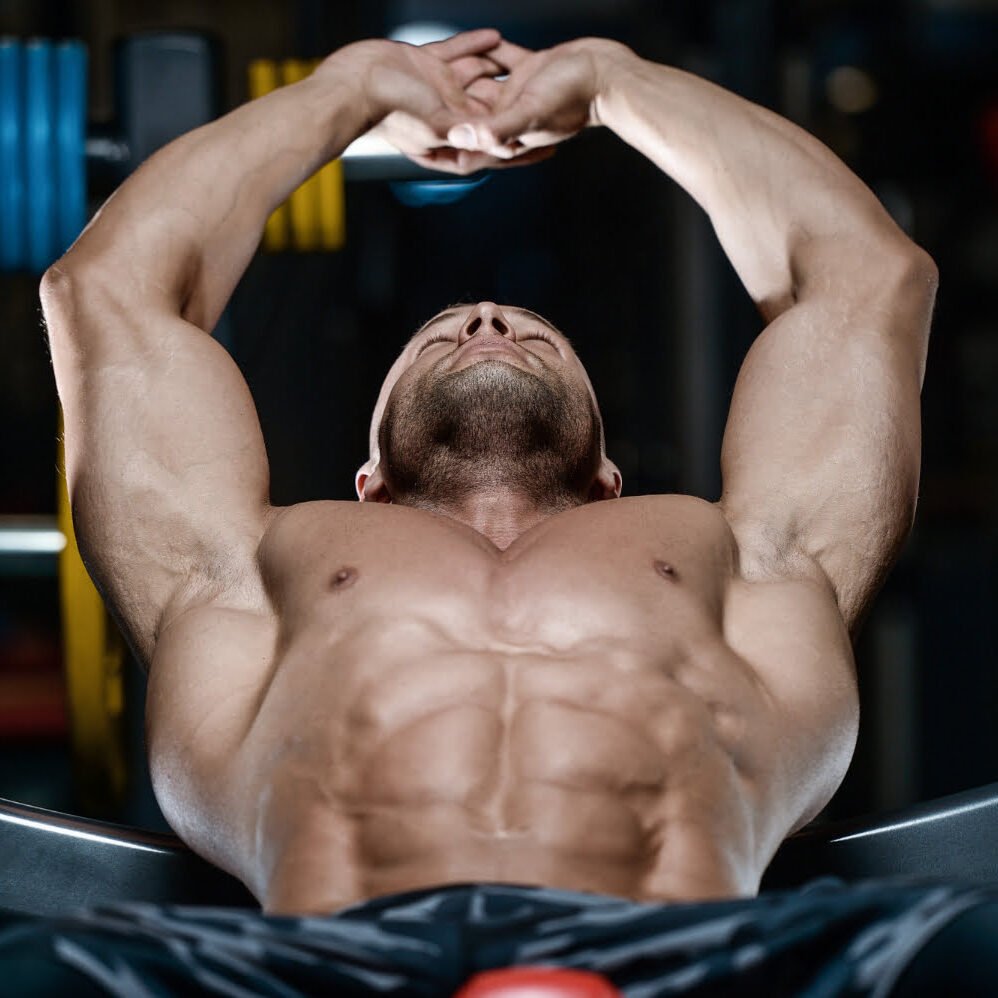
Incorporating isolation exercises
Incorporating isolation exercises alongside compound movements can effectively target specific muscle groups to ensure balanced development. Isolation exercises such as rear delt rows, pullovers, front raises, and tricep pushdowns complement the 10 upper body compound exercises by honing in on individual muscles.
This combination not only helps prevent potential imbalances but also enhances muscular endurance, definition, and overall aesthetic appearance.
When adding isolation exercises to your routine, it’s crucial to manage the workout volume and intensity to avoid overtraining. Moreover, consider incorporating isolation exercises before or after compound movements based on personal goals and preferences for optimal results.
Proper form and technique
Proper form and technique play a critical role in ensuring that compound exercises are performed effectively and safely. Paying close attention to form helps target the intended muscles while minimizing the risk of injury.
When executing the L Pull-up, maintain a straight body position and focus on pulling your chest towards the bar to engage the upper body effectively. For Archer Pull-ups, emphasize controlled movement and concentrate on engaging one side at a time, ensuring balanced muscle activation.
Executing proper form for the Dumbbell Lying Rear Delt Row is essential for targeting the rear deltoid muscles efficiently; use a stable bench and perform controlled movements. Similarly, when performing the Dumbbell Decline Pullover, keep your arms slightly bent to engage chest muscles properly.
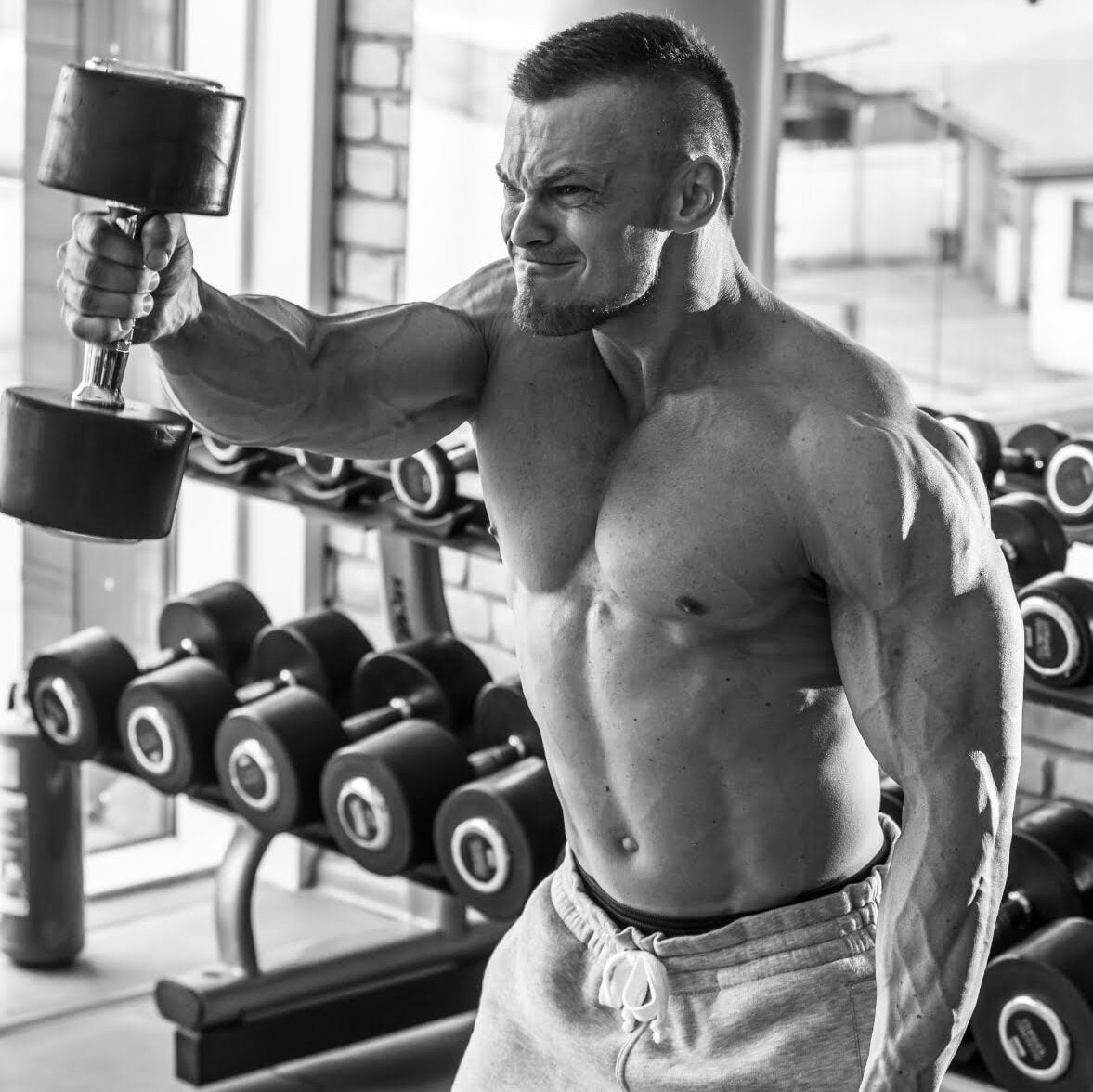
Can compound exercises be done with dumbbells?
When it comes to compound exercises, incorporating dumbbells can add a new dimension to your workout routine. Dumbbells offer the flexibility for performing various upper body compound movements such as bench presses, rows, and shoulder presses.
These exercises engage multiple muscle groups simultaneously, promoting overall strength and stability. By utilizing dumbbells in compound exercises, individuals can enhance their muscle coordination and balance while expanding their range of motion compared to traditional barbell movements.
It’s crucial to focus on maintaining proper form and technique when performing these exercises with dumbbells to prevent injury and maximize effectiveness.
Managing pain and injuries
Proper form and technique are essential for preventing injuries during upper body compound exercises. Listen to your body and avoid pushing through pain, as doing so can lead to further injury.
Gradually increasing the intensity and weight of compound exercises can help prevent overuse injuries, so pay attention to any discomfort or pain during workouts and make adjustments as needed to avoid harm.
Always warm up and stretch before performing compound exercises to reduce the risk of muscle strain or injury, ensuring that you consult with a fitness professional or physical therapist if you experience any issues with form or technique that may be contributing to pain or injury during your workout routine.
A Full-Body Compound Workout Plan
The full-body compound workout plan targets multiple muscle groups simultaneously, effectively promoting overall strength and muscle growth. This comprehensive plan includes a variety of compound exercises to ensure a well-rounded approach to upper body strength training.
- Dumbbell Bench Press: This exercise effectively targets the chest, shoulders, and triceps, promoting overall upper body strength.
- Chin-Ups: An excellent compound exercise targeting the back, biceps, and forearms, providing a challenging yet rewarding workout.
- Pull-Up: Engages the back, biceps, and forearms while also working on grip strength and stability.
- Squat Exercises: Squats engage the quadriceps, hamstrings, glutes, and core muscles for a full lower body workout.
- Regular Push-Up: Targets the chest, shoulders, triceps, and core muscles in one fluid movement.
Conclusion
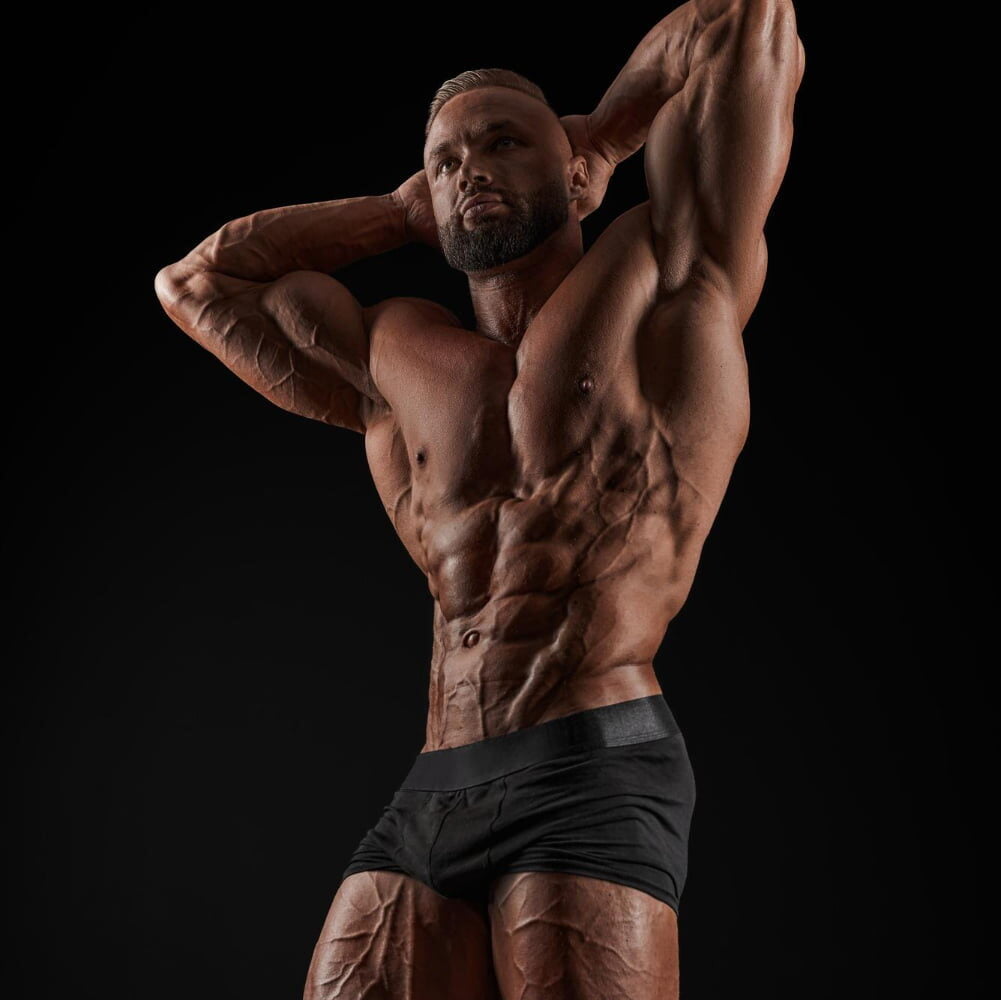
Incorporate these 10 upper body compound exercises into your workout routine to achieve strength and muscle-building goals. These exercises target various muscles using equipment such as dumbbells, cables, barbells, and a smith machine.
Performing these movements with proper form is crucial to maximize effectiveness while minimizing the risk of injury. Remember to emphasize practicality and efficiency when integrating these strategies into your fitness regimen.
The impact of applying these approaches can lead to significant improvements in building upper body strength and muscle mass.
FAQs
1. What are compound exercises, and why should I include them in my upper body workouts?
Compound exercises work several muscle groups at once, helping you build strength and muscle more efficiently. They’re perfect for a solid upper body routine that includes pushups for your chest, pull-ups to strengthen your back, and overhead presses targeting both shoulders and triceps muscles.
2. Can I do compound exercises without equipment?
Yes, many compound exercises such as pushups, dips using a stable surface like a bench or chair, and air squats don’t need any equipment! You engage multiple muscles including the pectoralis major of the chest, anterior deltoids of the shoulders, rectus abdominis of the core along with flexors in your arms.
3. How do free weights enhance compound exercise routines?
Free weights like barbells and dumbbells add resistance to movements such as barbell rows or bicep curls which can help further develop strength across different muscle areas from the upper arms through to shoulder blades and core training.
4. What role does proper nutrition play in building muscle with these exercises?
Eating right is crucial; licensed nutritionists advise that dietitians often recommend balanced meals rich in protein to repair muscles after rigorous sessions involving free weight lifts like clean and press or deadlifts which target multiple upper body areas including trapezius near spine thoracic region.
5. Are there variations of squats that can benefit my upper body?
Absolutely! While classic back squats mainly target legs—front squats also use adductors around hips while requiring strong abdominal muscles to keep an upright stance; box squats too demand stabilizing from obliques alongside regular squatting benefits for thighs knees flexed position requires contraction from rear delts even though focus remains lower down on quads hamstrings.
6. Is it safe for beginners to try advanced moves like military press or pull-ups on a pull-up bar?
Safety first – if you’re new start slow maybe with assistance bands guidance personal trainer who can ensure form correctness prevent injury during complex moves involving substantial elements entire movement chain especially when working out close maximal capacity caution important factor remember good results come consistent effort over time rather than risk immediate harm trying too much soon remember healthcare professionals fact-check program suitable individual needs capabilities.

Author
Years ago, the spark of my life’s passion ignited in my mind the moment I stepped into the local gym for the first time. The inaugural bead of perspiration, the initial endeavor, the very first surge of endorphins, and a sense of pride that washed over me post-workout marked the beginning of my deep-seated interest in strength sports, fitness, and sports nutrition. This very curiosity blossomed rapidly into a profound fascination, propelling me to earn a Master’s degree in Physical Education from the Academy of Physical Education in Krakow, followed by a Sports Manager diploma from the Jagiellonian University. My journey of growth led me to gain more specialized qualifications, such as being a certified personal trainer with a focus on sports dietetics, a lifeguard, and an instructor for wellness and corrective gymnastics. Theoretical knowledge paired seamlessly with practical experience, reinforcing my belief that the transformation of individuals under my guidance was also a reflection of my personal growth. This belief holds true even today. Each day, I strive to push the boundaries and explore new realms. These realms gently elevate me to greater heights. The unique combination of passion for my field and the continuous quest for growth fuels my drive to break new ground.





